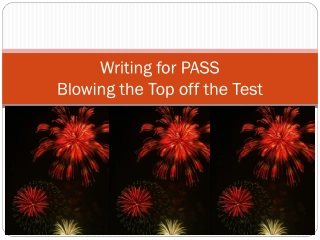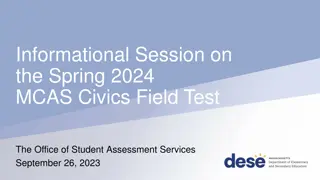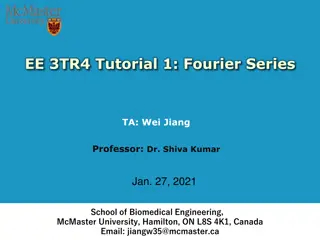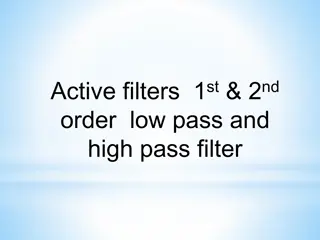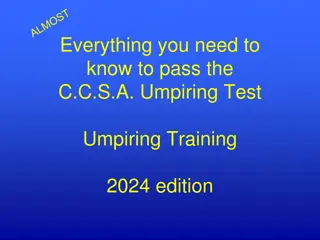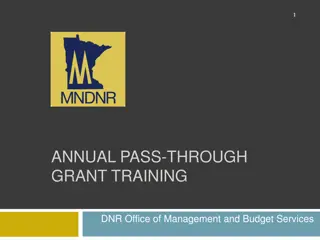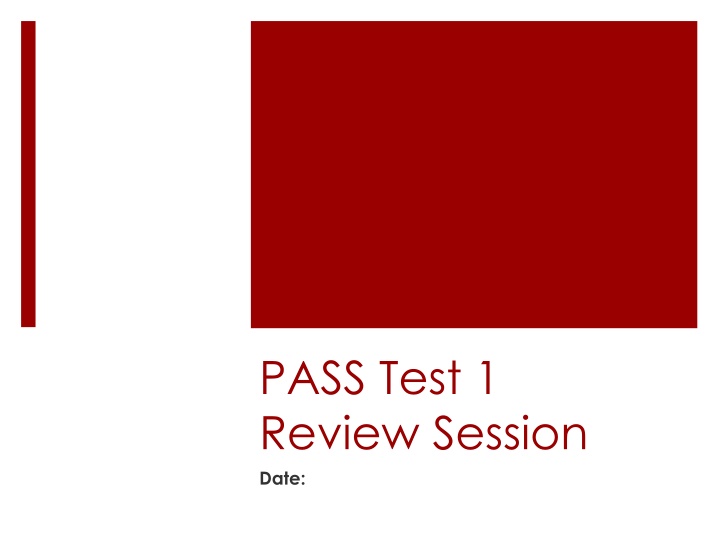
Enhancing Nursing Skills with SPAG and Functional Components
Explore the Student Performance Assessment Graph and understand the Professional and Functional Components to enhance your nursing skills. Gain insights on assessment, intervention, continuity of care, and more in clinical situations.
Download Presentation

Please find below an Image/Link to download the presentation.
The content on the website is provided AS IS for your information and personal use only. It may not be sold, licensed, or shared on other websites without obtaining consent from the author. If you encounter any issues during the download, it is possible that the publisher has removed the file from their server.
You are allowed to download the files provided on this website for personal or commercial use, subject to the condition that they are used lawfully. All files are the property of their respective owners.
The content on the website is provided AS IS for your information and personal use only. It may not be sold, licensed, or shared on other websites without obtaining consent from the author.
E N D
Presentation Transcript
PASS Test 1 Review Session Date:
Working in a Small Group Respect Confidentiality Collaboration
Understanding your SPAG SPAG: Student Performance Assessment Graph Class Content Professional Component Functional Component Bloom s Taxonomy Comparison: First Half versus Second Half of the Test
Class Content Provides information on how you performed in each topic on the test
Professional Component Provides information on how you performed in relation to different steps in the nursing process as per the OIIQ Assessment Intervention Continuity of Care + Not Applicable
Professional Component: Assessment Tests your knowledge of initial and ongoing assessment and interpretation of assessment findings
Professional Component: Intervention Tests your knowledge of planning nursing care, establishing priorities, and providing care
Professional Component: Continuity of Care Tests your knowledge of the TNP, documentation, coordination of care, and communication with other health care providers
Professional Component: Not Applicable Tests your knowledge of content that does not relate directly to a nursing activity for example, medication calculation question
Functional Component Provides information about your ability to use different types of knowledge, skills, and attitudes in clinical situations, as defined by the OIIQ Scientific Communication Professional Ethics Legal Organizational Operational
Functional Component: Scientific This is the foundation of nursing practice and the predominant portion of most nursing tests. Tests knowledge of anatomy, physiology, pharmacology, psychology, sociology, diagnostic tests, and nursing care .
Functional Component: Communication Tests knowledge related to establishing a therapeutic relationship and communicating with your clients
Functional Component: Moral & Professional Ethics Tests knowledge of values and professional conduct
Functional Component: Legal Tests knowledge of the laws and regulations that govern nursing
Functional Component: Organizational Tests knowledge of your ability to organize nursing activities in order to provide optimal care, in collaboration with other health care professionals
Functional Component: Operational Tests knowledge of your ability to use clinical tools to assess, intervene, and document nursing care
Blooms Taxonomy Provides information about your ability to answer questions that measure different levels of thinking Remember Understand Apply Analyze ____________________________________________________ Evaluate (rarely tested) Create (rarely tested)
Blooms Taxonomy: Remember Tests your ability to recall previously learned information
Blooms Taxonomy: Understand Tests your ability to describe ideas or concepts
Blooms Taxonomy: Apply Tests your ability to use information in new situations
Blooms Taxonomy: Analyze Tests your ability to make connections among ideas
Making Sense of the SPAG Let s use the Class Content SPAG as an example. Step 1: Use the table on the left to see how many marks were given for each topic.
Making Sense of the SPAG Step 2: Review how you did on each topic and make note of any topic where you scored < < 70%. Step 3: Repeat Steps 1 and 2 for the remaining SPAG.
Questions to ask Yourself: Class Content Why did I do well in some areas (these are your strengths) and poorly in others (these are areas where you need to improve)? For example: Did I find the content more/less interesting? Did I find some content easier/harder than other content? Did I study that content first/last? Did I run out of time before I was able to study all the content? Other explanations?
Questions to ask Yourself: Professional Component Given that the majority of questions are Assessment or Intervention, ask yourself: How did I perform on Assessment questions? How did I perform on Intervention questions? Do I understand the difference between Assessment and Intervention questions? Can I explain my performance?
Questions to ask Yourself: Functional Component Given that the majority of questions fall under Scientific or Communication knowledge, ask yourself: How did I perform on Scientific knowledge? How did I perform on Communication knowledge? How did I perform on the remaining areas? (Legal, etc.)
Questions to ask Yourself: Bloom s Taxonomy Given that the OIIQ Professional Licensing Exam is predominantly Apply and Analyze questions, ask yourself: How did I perform on each level of questions? Do I understand the difference between simpler (Remember/Understand) and more complex (Apply/Analyze) questions? Do I know how to study for the different levels of questions?
Comparison of First Half and Second Half of Test Now that you have an overall sense of your performance on the test, look at how you did on the two halves of the test: Is there a difference between the two halves? If so, why do you think that is? I
Making Sense of the SPAG Group Patterns You can use this slide to present the common patterns you identified when reviewing the group s SPAG.
Review of Completed Test Booklets Group Patterns You can use this slide to present patterns that you identified when reviewing your students test booklets.
Complementary Assessment Tools: Student Profile Common Factors If you chose to use the Student Profile, present the common patterns you identified when reviewing the group s completed Student Profiles.
Complementary Assessment Tools: Study Habits Checklist Common factors Using the Study Habits Checklist for Nursing Students Guide to Interpreting the Data, follow the steps: Step 1: Look at your overall score Step 2: Look at individual habit scores where you scored 0s and 3s Step 3: After writing the test, if you predicted your mark, which scenario (A, B, C, or D) best describes your situation?
Complementary Assessment Tools: Identifying your Learning Style Using the Identifying your Learning Style Guide to Interpreting the Data, follow the steps: Step 1: Look at the eight learning styles Step 2: Go to strategies Step 3: Are there other strategies, related to your identified learning styles, that you think would be helpful? Step 4: Are there other strategies, unrelated to your identified learning styles, that you think would be helpful?
Summary of Findings Strengths: Areas that need improvement: You can use this slide to present a summary of your findings.
Study and Test-Taking Strategies Study Strategies Test-Taking Strategies You can use this slide to present the study and test-taking strategies to address the most predominant patterns.
Now, lets reflect and share What did I learn from reviewing my SPAG? What changes am I planning to make for the next test? What other thoughts and/or feelings do I want to share with the group?

